categories
recent posts
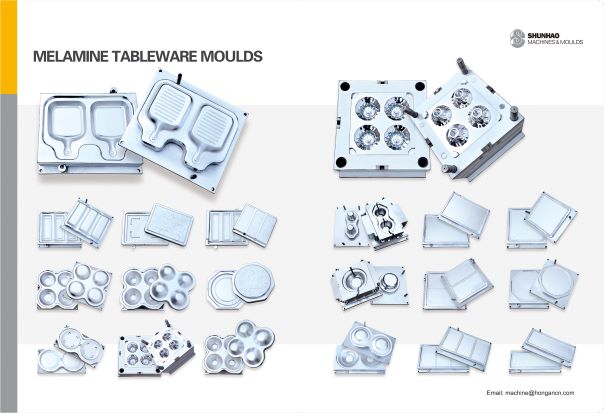
Shunhao moulds factory can make molds: 1. Melamine crockery moulds 2. Urea crockery moulds 3. Glossy melamine moulds 4. Matt finished melamine moulds ...
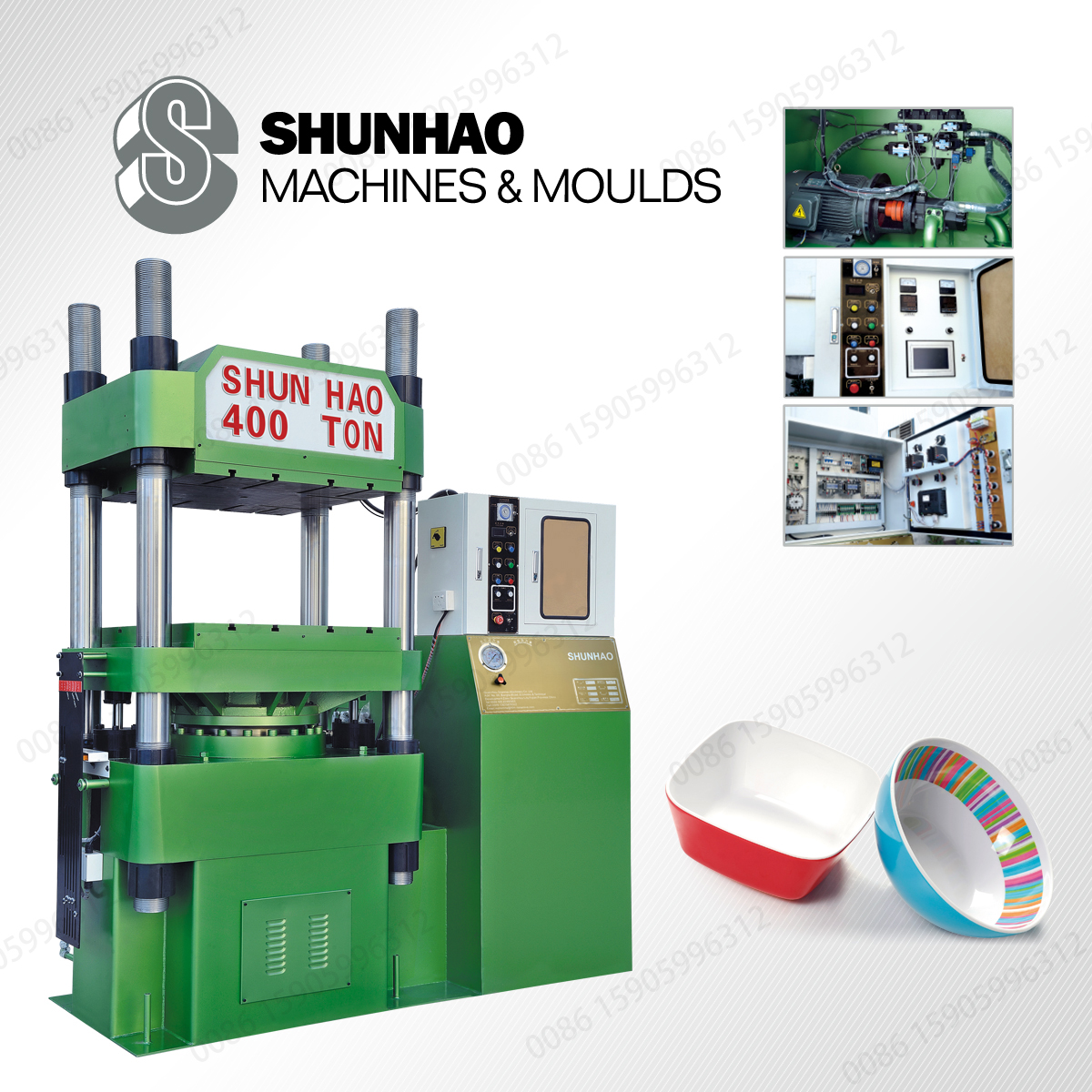
Shunhao factory has been serving the machines and molds to melamine tableware factories, urea tableware factories, UF toilet seat and cover factories ...
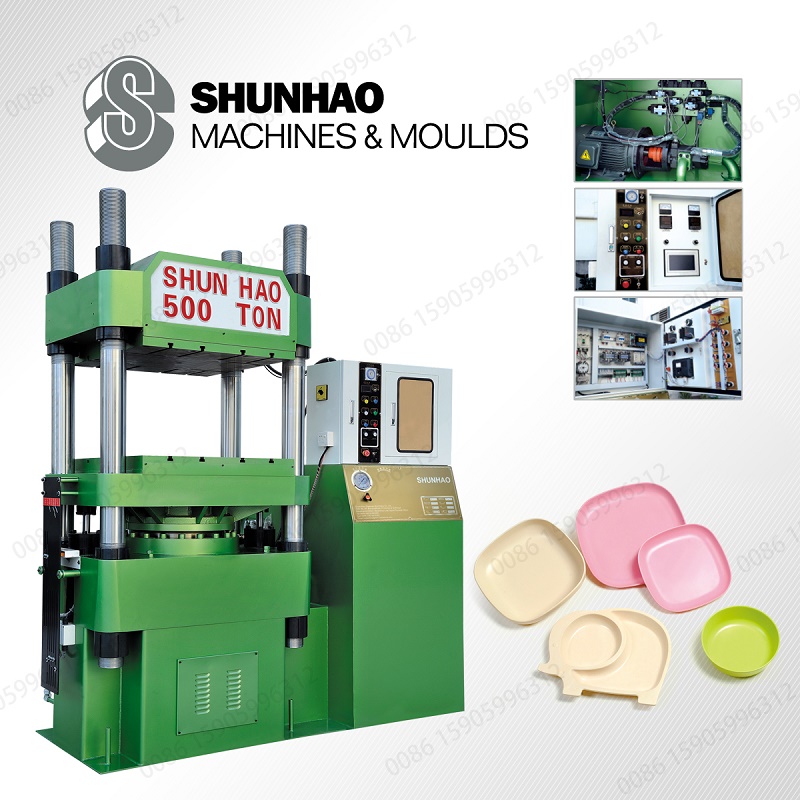
Rice husk tableware Introduction: Rice husk tableware is to regenerate this discarded rice husk into natural, healthy and free of any harmful chemical...
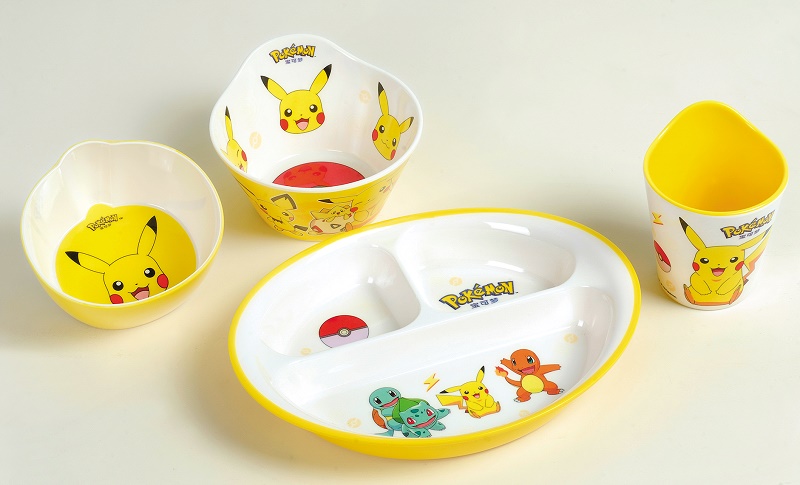
Rationally view the harm of melamine tableware 1) What is melamine tableware Melamine tableware is made from melamine powder (known in the industry as...
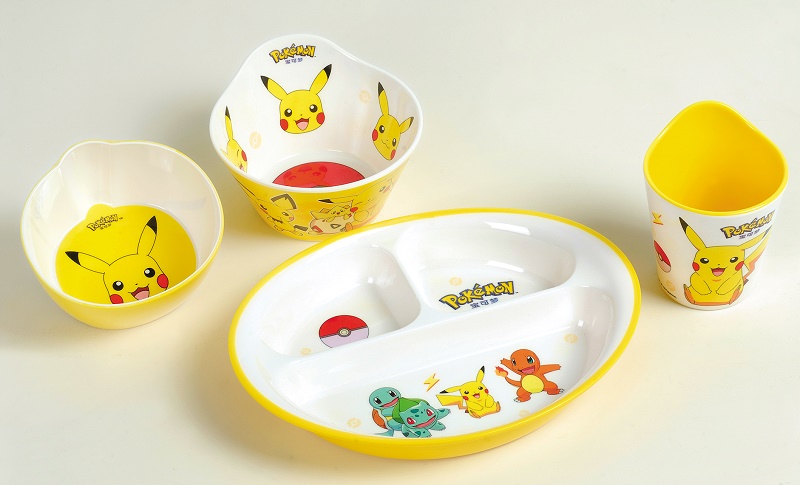
Precautions and cleaning of melamine tableware 1. Main ingredients of melamine tableware raw materials: 100% melamine (domestically called A5 material...
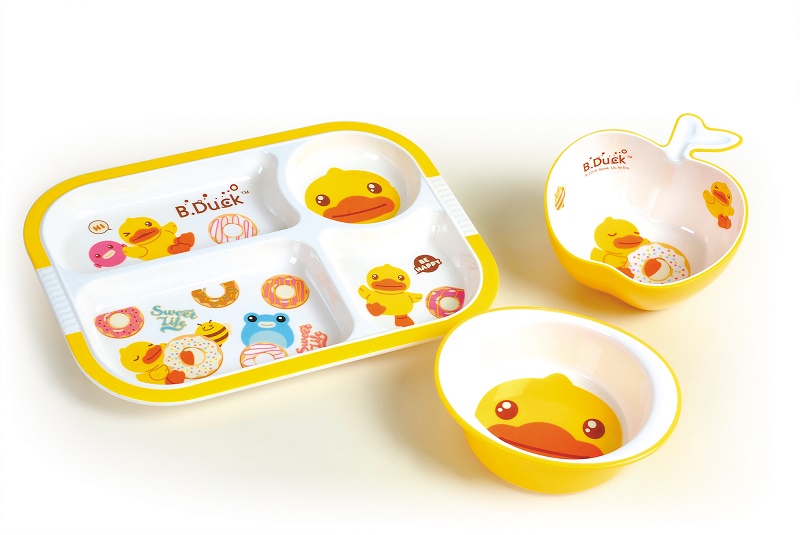
The advantages and disadvantages of melamine tableware In daily life, there are many meals used. Tableware is divided into ceramic tableware, bone chi...
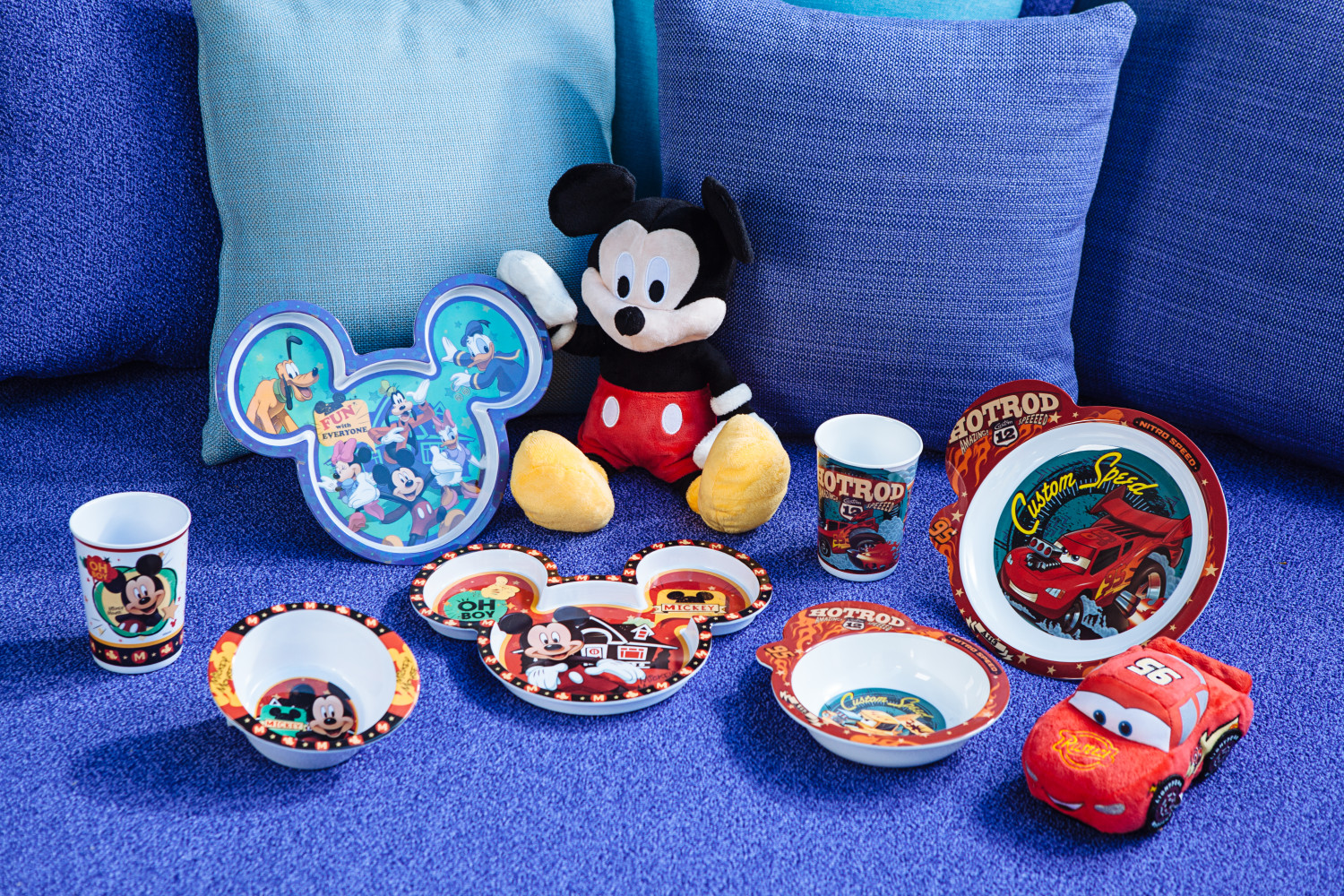
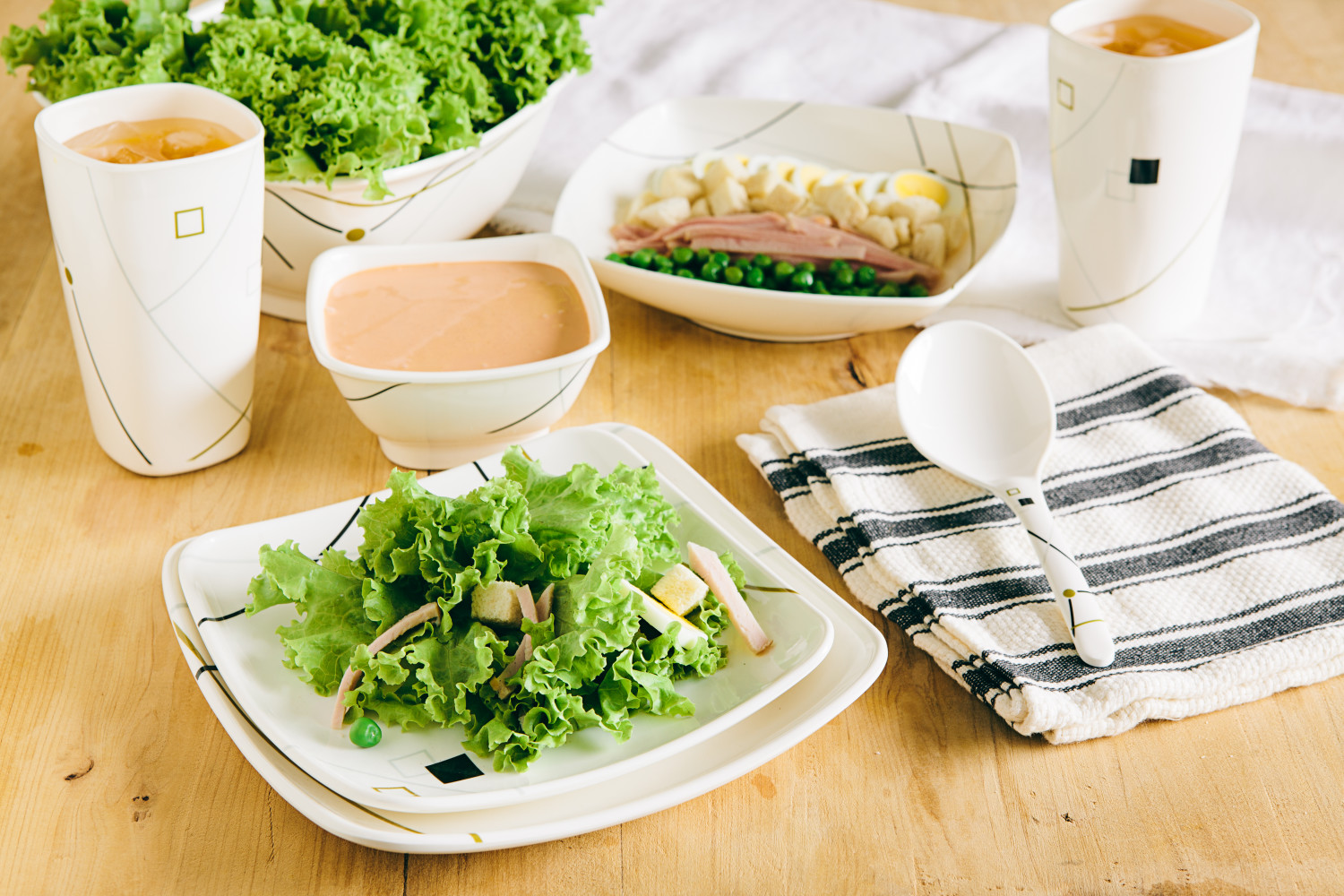
From the cost point of view, the current general will not artificially added urea in raw milk, not to mention the smell of urea, the method of adding urea in milk is relatively old, the dairy plant has long been the corresponding adulteration identification technology to deal with.
2:Problems related to melamine products
What is melamine?
Melamine, commonly known as melamine, protein concentrate, is a pure white crystal, odorless organic compounds, is an important organic chemical raw materials. Soluble in methanol, formaldehyde and other organic solvents, slightly soluble in water, aqueous solution into a weak alkaline, with a variety of acids generated salt, only in strong acid and alkali hydrolysis.
Molecular Structure
2. The main purpose of melamine is what?
The main use of melamine is a versatile basic organic chemical intermediate, the primary use being as a raw material for the production of melamine formaldehyde resin (MF).
Melamine can also be used as flame retardants, water reducers, formaldehyde cleaners. The resin hardness than urea-formaldehyde resin, non-flammable, water, heat, aging resistance, arc resistance, chemical resistance, good insulation properties, gloss and mechanical strength, widely used in wood, plastic, paint, paper, textile , Leather, electrical, pharmaceutical and other industries.
3. Which products will produce melamine during use?
China's melamine production enterprises to use more semi-dry atmospheric pressure process, the method is to urea as the raw material below 0.1MPa, 390 ℃ or so, the silica gel as a catalyst for the synthesis of melamine and melamine in the desulfurizer crystallization, the crude dissolved , Filtered, made of finished products after crystallization.
The European Food Safety Authority (EFSA) in the EFSA-Q-2007-093 report concluded that the migration of melamine in packaging materials made from melamine-formaldehyde resins may contaminate the product. EFSA detected 0.54, 0.72, 1.42 and 2.2 mg / kg of melamine in coffee, orange juice, fermented milk and lemon juice beverages using liquid chromatography-mass spectrometry with a minimum detection limit of 0.05 mg / L. Experts believe These melamines migrate from the cup (the cup material is a melamine formaldehyde resin) into the beverage from heat and acid (95 ° C for 30 min).
Cyromazine Industrial synthesis will produce a very small amount of impurities as melamine. The main metabolite after use is melamine, which is mainly used as a veterinary drug in the control of flies and worms in livestock farms.
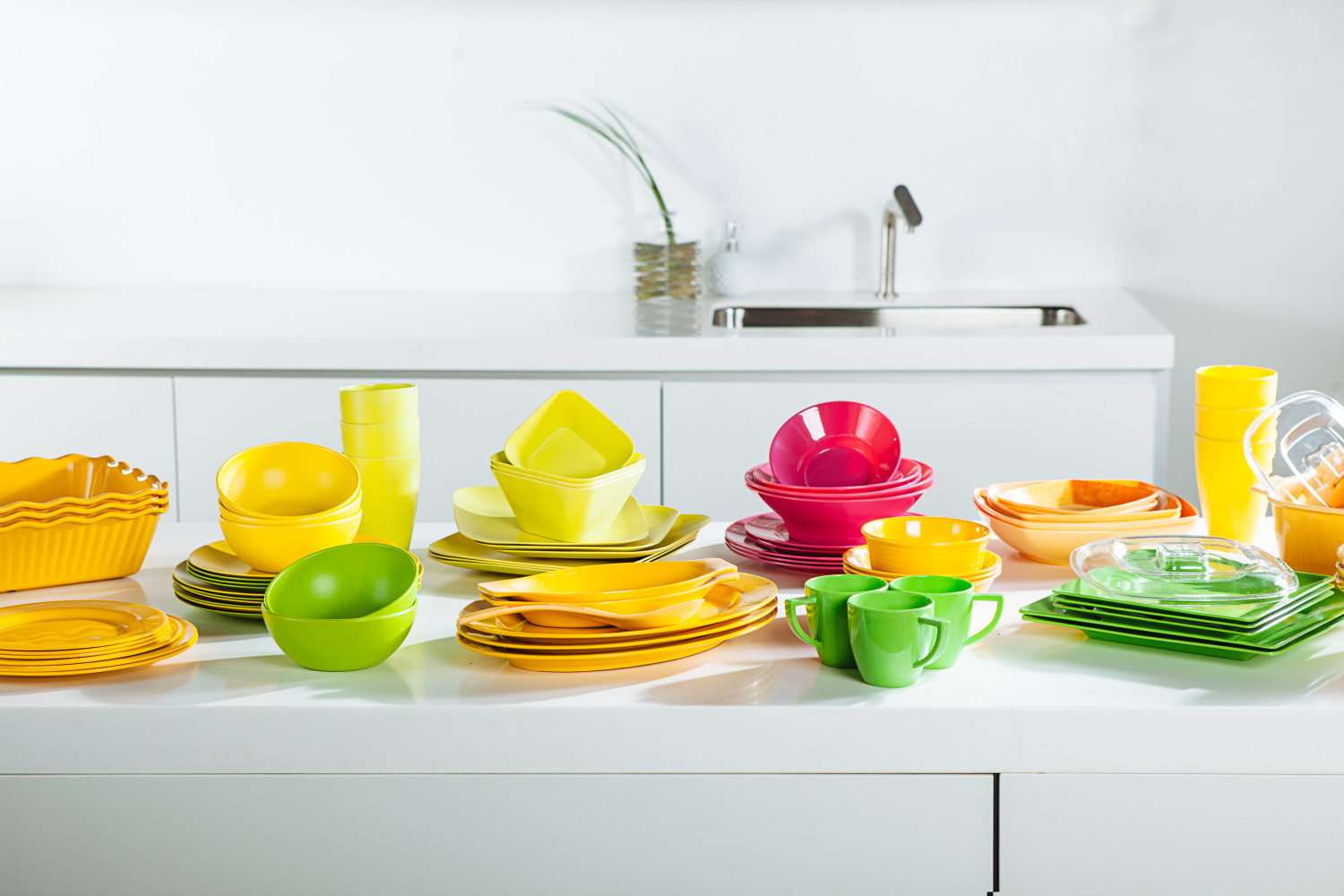
Non-protein nitrogen, such as biuret, commonly used in ruminant feeds, contains cyanuric acid during its industrial synthesis.
According to the report (FAO / WHO, 2004), when drinking water uses sodium dichloroisocyanurate as a disinfectant (cyanuric acid analogues are produced due to rapid dechlorination of chlorine), experts believe that adults daily The amount of exposure to drinking water is 0.06 mg / kg body weight, 0.19 mg / kg body weight for children, and 0.28 mg / kg body weight per day for a bottle of milk.
3:Melamine and life-related health issues
1. What is the possibility of residual melamine in animal products that is ingested by animals (can melamine be transferred to meat, eggs and milk after ingestion by livestock and poultry)?
Melamine, which is ingested by animals, may remain in livestock products, meaning that melamine may be transferred to meat, eggs and milk after ingestion by livestock and poultry. However, the specific residual rate is affected by many factors, such as the content of melamine in the feed, the type of animal, the type of diet, the environment and the physiological condition of the animal.
2. Melamine on the human body what harm?
Melamine is currently considered mild and has a median lethal dose greater than 3 g / kg body weight. Long-term intake of melamine in animals can cause reproductive, urinary tract damage, bladder, kidney stones, and can further induce bladder cancer. In general, long-term consumption of renal dysfunction can lead to kidney failure, kidney stones. Due to the mature kidney function of adults and the detoxification function of the body, the melamine in food has little effect on adults and generally excretes in vitro. However, infants are greatly affected, and in severe cases, renal failure leads to death.
3. The body's tolerance to melamine how?
Melamine is a low toxicity chemical raw materials. Animal experiments show that its metabolism in the body quickly and will not survive, mainly affects the urinary system.
There is a significant dose-response relationship between melamine dose and clinical disease. The maximum tolerated melamine in infants is 15 milligrams per kilogram of powdered milk (based on experimental data from rodents). An expert assessment of the risk of contaminated infant formula shows, for example, an infant weighing 7 kg, assuming a daily intake of 150 grams of milk powder and a safe threshold of 15 mg / kg milk powder. According to the US Food and Drug Administration's recommended data, daily intake of melamine 0.63 mg / kg body weight daily.
4. Furniture and paper processing technology is also used to melamine, they will not evaporate into the air through the body?
The most extensive use of melamine is the production of organic chemical intermediates, can be used as flame retardants, water reducers, formaldehyde cleaners. Can also be used as raw material for the production of melamine formaldehyde resin (MF), but also mixed with other raw materials to produce a fabric finishing agent, leather tanning agent, polishing agent and water repellent agent, rubber binder, efficient cement superplasticizer (Naphthalene as raw material), steel nitriding agent.
In general, melamine has the characteristics of non-flammability, water resistance, heat resistance, aging resistance, arc resistance, chemical resistance, good insulation properties, gloss and mechanical strength. Very stable and will not evaporate through the air.
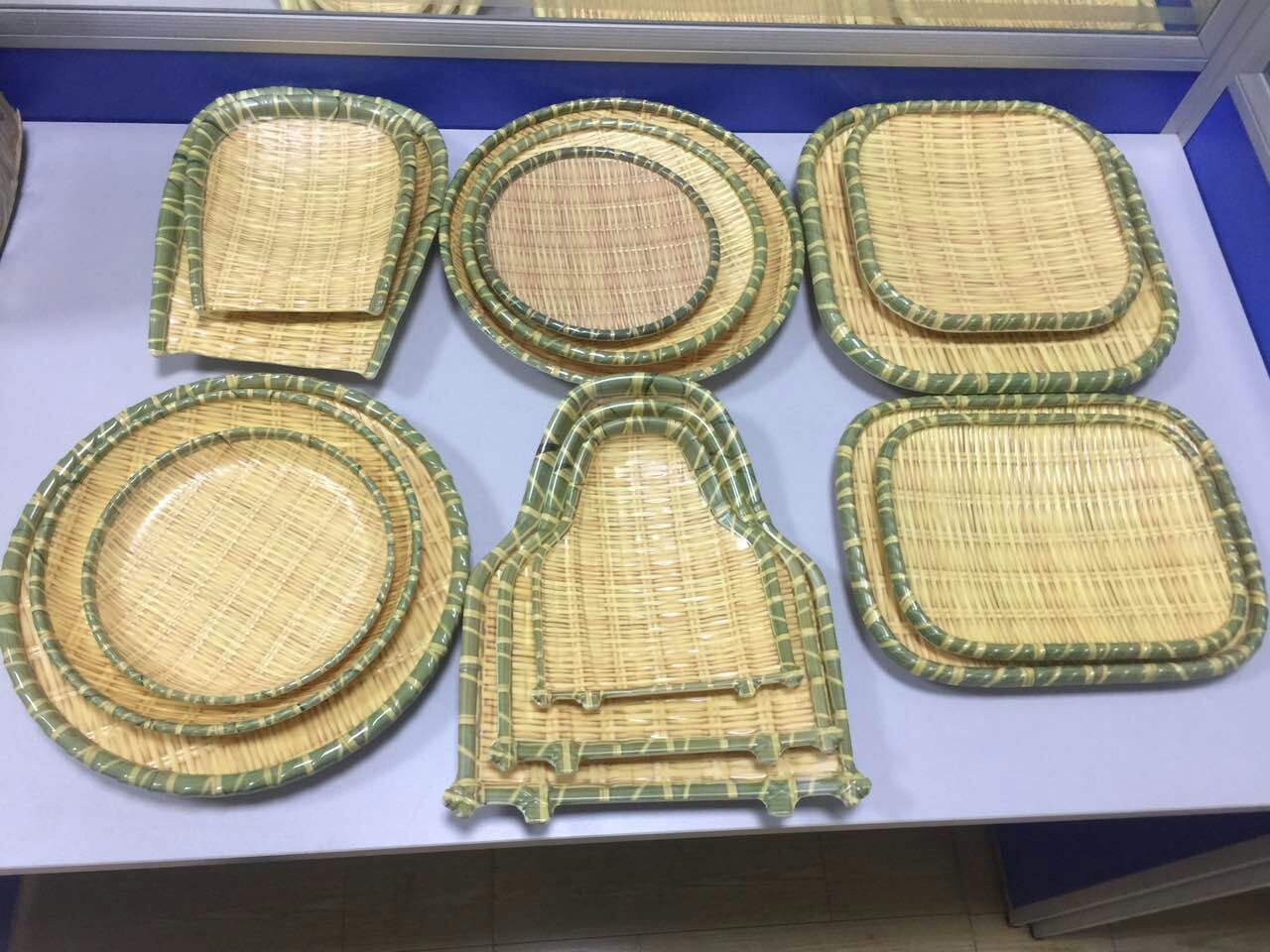
However, the harm of free isocyanate (TDI) emitted from urethane paint or polyurethane paint foam to human body needs further study in medicine. Although some people think it is a carcinogen, but have not yet seen sufficient evidence of animal experiments. However, according to the construction workers at the working site of the body reaction, you can initially believe that isocyanates have a greater impact on human health, some people feel dizzy, headache, nausea, shortness of breath, and even very few people smell the smell immediately vomiting Serious will immediately unconscious. Therefore, the national standard of polyurethane coatings in the free isocyanate content has made strict restrictions.
we are the factory of melamine mould,melamine tableware mould.melamine tableware mold,melamine crockery mould,melamine crockery mold,melamine tableware die,melamine crockery die,more information at http://melaminemould.com
prev :
Melamine tableware can enter the disinfection cabinetnext :
Melamine tableware properly used does not affect the health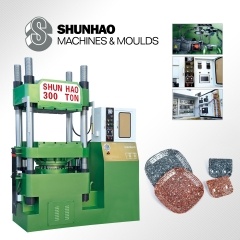 300TONS Single Color Hydraulic Press Melamine Tableware Dinner Set Making Moulding Machine
300TONS Single Color Hydraulic Press Melamine Tableware Dinner Set Making Moulding Machine
Our machine is Suitable for urea tableware, melamine dinnerware.
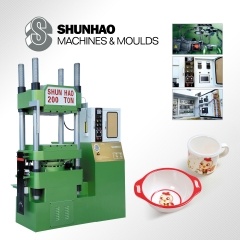 200TONS Automatic Single Color Melamine Tableware Molding Machine
200TONS Automatic Single Color Melamine Tableware Molding Machine
Suitable to be used in the molding operation of urea tableware, melamine tableware
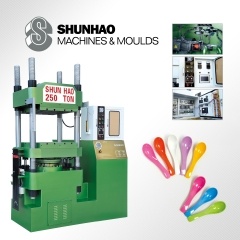 3Year Warantee 250TON Singal Color Melamine Tableware Molding Machine
3Year Warantee 250TON Singal Color Melamine Tableware Molding Machine
Our machine is suitable for all kind of Melamine Dinnerware,plate ,bowl ,tray ,glass ,mug
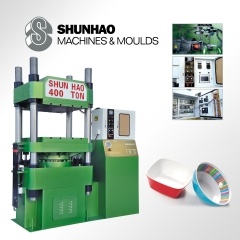 400TON Automatic Melamine Crockery Molding Machine With Singal Color
400TON Automatic Melamine Crockery Molding Machine With Singal Color
Our Machine is special in Melamine Crockery ,like bowl ,plate ,tray ,mug ,glass.
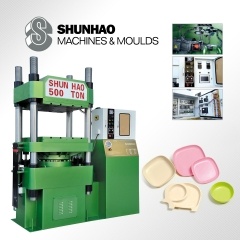 500ton Melamine Crockery Molding Machine With Plc Control
500ton Melamine Crockery Molding Machine With Plc Control
500ton Melamine Crockery Molding Machine With Plc Control For Melamine Tableware ,Melamine Crockery
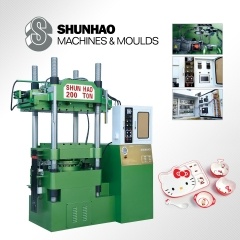 200Ton 2Color Melamine Tableware Automatic Molding Machine
200Ton 2Color Melamine Tableware Automatic Molding Machine
This machins is Suitable for producing double color melamine tableware, toilet seat cover, Bakelite switches, and mahjong.
 Workshop Show
Workshop Show
 Products Show
Products Show
 Video Show
Video Show
 OUR CERTIFICATES
OUR CERTIFICATES
the professional team to service !